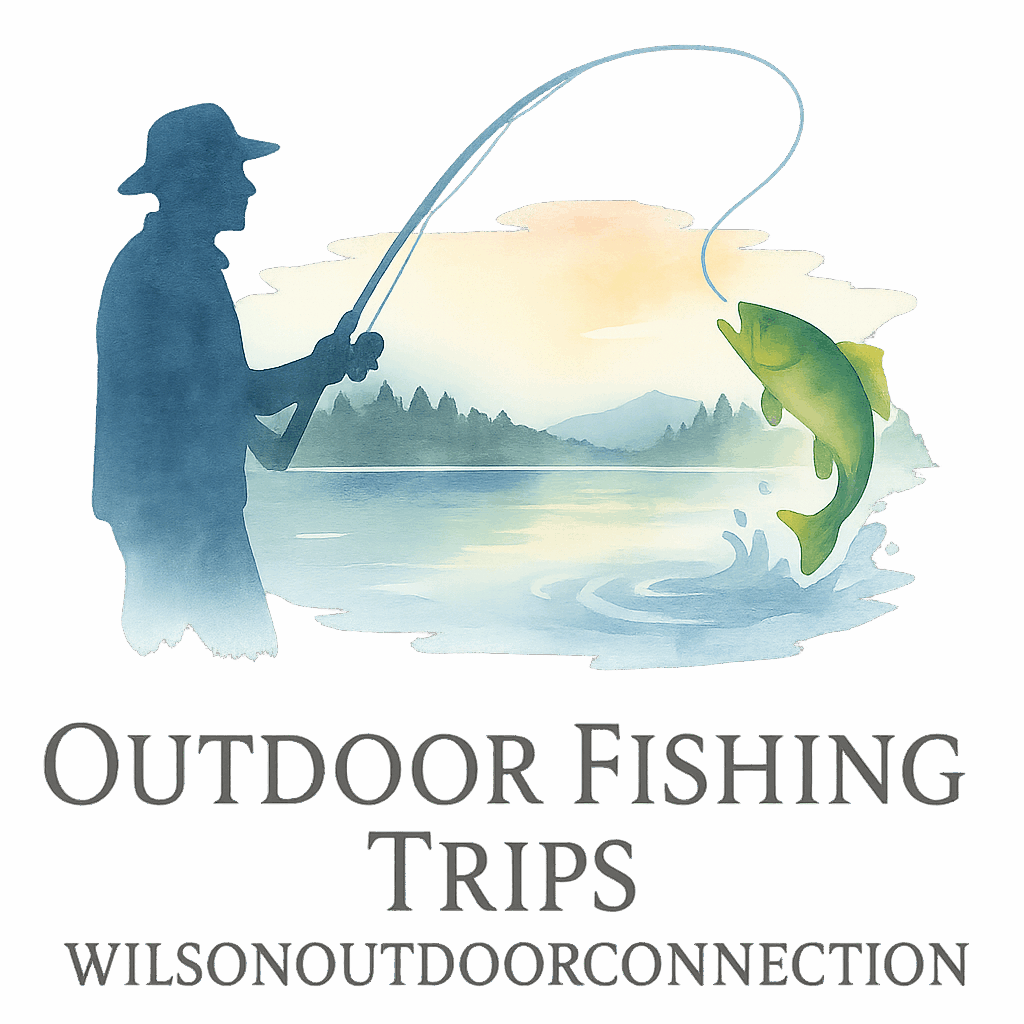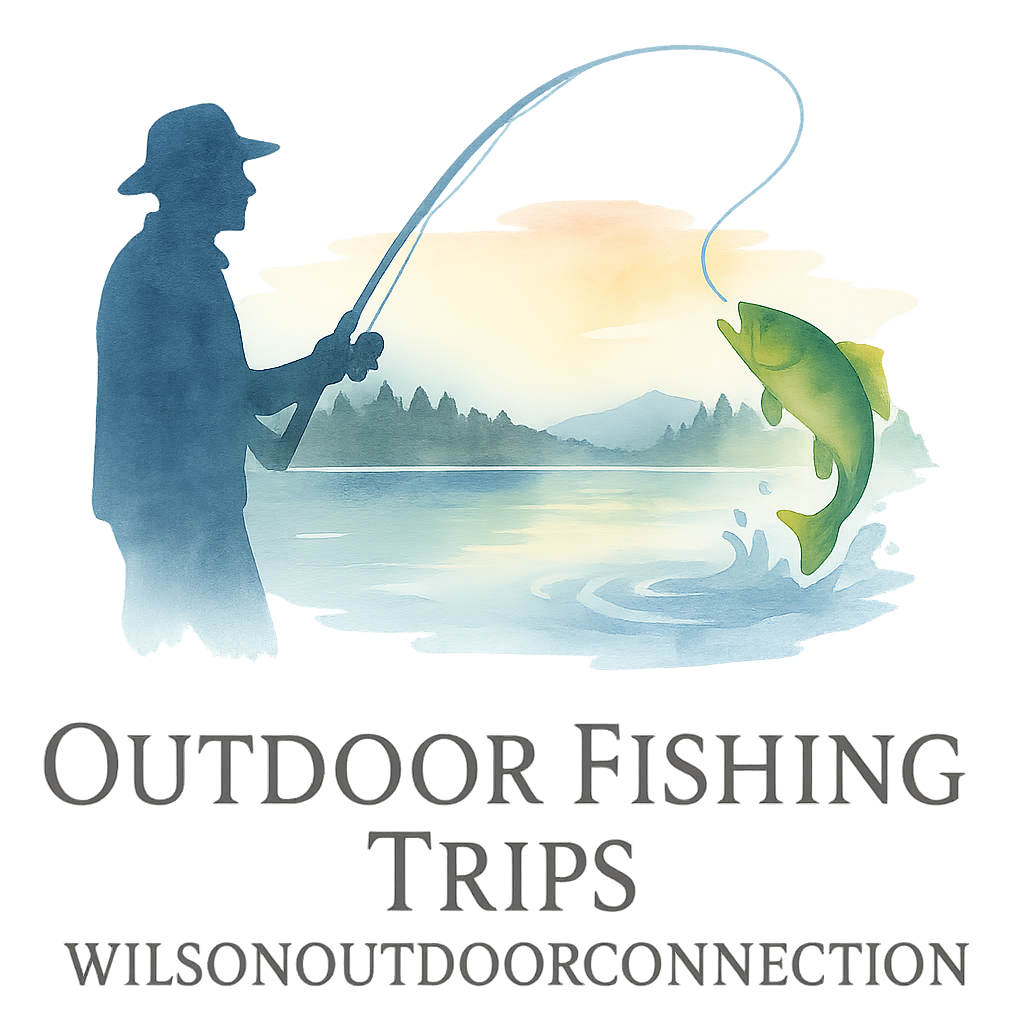Fishing isn’t just about tossing a line into the water and hoping for the best—it’s about perfect timing. Choosing the right moment can mean the difference between a full cooler and a frustratingly empty one. Let’s dive into the six key ways to choose the right time for your fishing trip, along with tips, tools, and links to make your next adventure unforgettable.
Why Timing Is Everything in Fishing
You’ve got the rod, the bait, and your favorite hat—but if your timing is off, even the best equipment won’t help. Fish behavior changes depending on the season, weather, and even the moon phases. Understanding these elements isn’t just for pros—it’s a game-changer for everyone, whether you’re a beginner or seasoned angler.
1. Consider the Season
Spring Fishing: A Time of Renewal
As the water warms up and fish shake off winter sluggishness, spring fishing becomes an exciting time to get out. Look for shallow waters where fish spawn, and remember that afternoons may bring more bites as temperatures rise.
Summer: Peak Fishing and Peak Pressure
Summer is popular, but it’s not always easy. With more people and higher temps, fish tend to go deep during the hottest part of the day. Fish early mornings or late evenings for better success.
Check out some of the best fishing destinations and lakes for summer adventures.
Fall: Underrated but Fantastic
Want fewer crowds and active fish? Go in the fall. As fish feed heavily to prepare for winter, it’s a golden opportunity—especially for lake and river anglers.
Winter Fishing: For the Brave and the Bold
Ice fishing or just cold-weather casting, winter is all about timing and patience. Look for warm days after a cold snap and stick to slower presentations.
2. Check the Weather Forecast
Weather doesn’t just affect you—it changes everything for the fish too.
Cloud Cover and Fish Activity
Overcast skies can lead to more active fish throughout the day, especially for species like bass and walleye. Fish are less shy when it’s cloudy, which means more bites for you.
The Role of Wind and Water Temperature
A slight breeze can stir the surface and make fish less cautious. Just don’t go out in dangerous weather. Use reliable apps or check your local fishing guide for updates. For pro-level tips, visit our fishing techniques and tips page.
3. Understand Tidal Patterns and Moon Phases
This is where fishing gets a little cosmic—but don’t worry, you don’t need a telescope.
Why Moon Phases Matter in Fishing
The moon affects tides and fish feeding times. New and full moons often bring more activity, especially in saltwater fishing.
Tides: The Natural Feeding Alarm Clock
Incoming tides bring food, and with it, fish. Pay attention to rising or falling tides and plan accordingly.
Want more info? Our trip planning guide breaks it all down.

4. Best Time of Day to Fish
Time of day is just as critical as season or weather.
Early Mornings: A Fisher’s Secret Weapon
Before the sun rises high, fish are out hunting. It’s peaceful, productive, and the best time to catch topwater bites.
Evening Bites and Golden Hours
Sunset brings cooler temps and feeding fish. Bonus: the views are spectacular. This time works great with a combo of lure styles, especially in lakes.
5. Water Conditions and Clarity
It’s not just about when—it’s about what the fish can see.
Why Water Clarity Affects Bites
Clear water means fish can see better—but they also see you. Use lighter lines and smaller lures. Murky water? Go loud, go bold.
Reading the Water Like a Pro
Check for currents, vegetation, and drop-offs. Fish love structure, and knowing where to find it means more action. It’s one of the biggest benefits of mastering your environment—something we highlight in our fishing gear essentials guide.
6. Match Timing to Your Fishing Goals
Your fishing trip should align with your expectations.
Planning Around Target Species
Targeting bass? Go in the early summer. Want trout? Aim for spring or fall. Match your trip to seasonal fish behavior for better success.
Explore more species-focused advice in our detailed fishing with family and friends content.
Matching Time With Fishing Techniques
Certain techniques shine at specific times. Casting works best when fish are shallow. Trolling shines in deeper, summer waters. Timing and technique go hand-in-hand.
Tools and Resources to Help You Choose the Right Time
You don’t have to guess! Use:
- Fishing apps like Fishbrain or Navionics
- Moon phase calendars
- Local guides
- Online checklists
Combine these with your instincts, and you’re on your way to becoming a fishing ninja.
Make It a Full Experience: Plan the Perfect Trip
Family and Friends Make it Better
Fishing is more than catching fish—it’s about bonding and making memories. Bring your kids, your best friend, or just someone who needs a break.
Explore the benefits of fishing for relationships, mental health, and outdoor fun on our family fishing page.
Don’t Forget Your Gear and Checklist
Last-minute packing leads to forgotten gear and missed bites. Use our ultimate gear checklist to avoid rookie mistakes.
Also, don’t miss the top accessories to level up your fishing game.
Conclusion
Picking the right time for your fishing trip is an art—and with the six strategies we covered, you’ve got the brush and canvas. Remember, timing isn’t about luck—it’s about knowledge, planning, and being ready to adapt. From seasonal insights to weather, tides, and species goals, every element helps you maximize success and joy on the water. So, pack smart, check the moon, and most importantly—enjoy every cast.
For more tips, destination ideas, and essential guides, dive deeper at Wilson Outdoor Connection.
FAQs
1. What’s the best season to go fishing?
Spring and fall are typically the most productive, but it depends on the species you’re targeting.
2. Does the moon phase really affect fishing?
Yes! Fish tend to feed more during new and full moons due to increased tidal activity.
3. Is morning or evening better for fishing?
Both are great. Mornings often bring more topwater bites, while evenings are ideal for certain freshwater species.
4. How do I use tides to plan my trip?
Focus on incoming tides—they bring food and boost fish activity.
5. What gear should I always bring?
Rod, reel, tackle, bait, and a good checklist! See our gear essentials.
6. Should I cancel a fishing trip if it’s windy?
Mild wind can be good, but safety comes first. Always check conditions and avoid storms.
7. Can I fish successfully in winter?
Absolutely! With the right gear and timing, winter fishing can be very rewarding—especially if you love a peaceful challenge.


